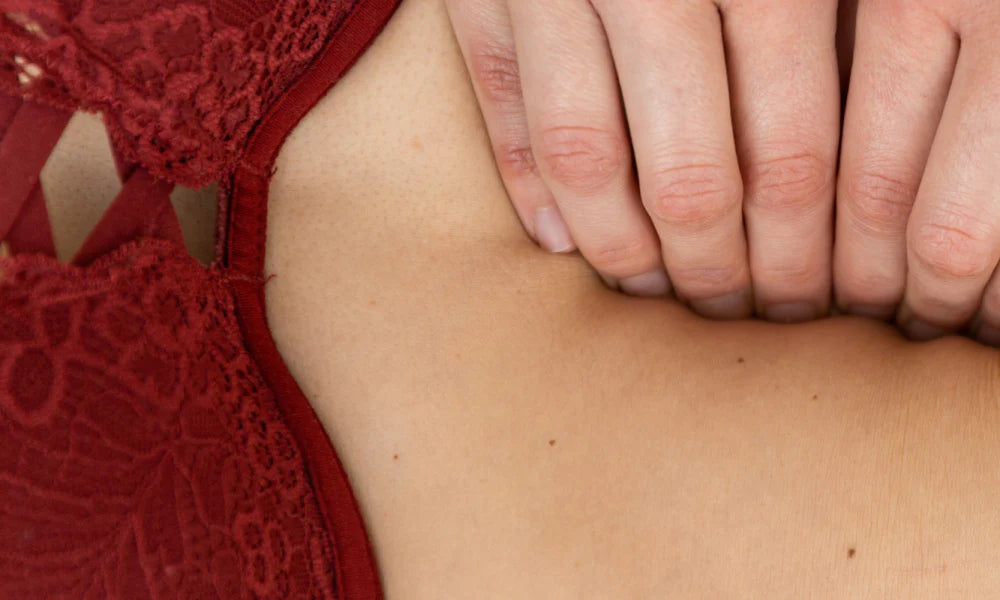During pregnancy, the growing uterus stretches the abdominal muscles and can separate the two bands of muscles running down the abdomen, called the rectus abdominus. This is known as diastasis recti and happens to about 60% of women.
After the baby is born, the muscles gradually knit back together by about 8 weeks. However, in some cases, a gap may remain leading to a weakened core strength.
You can check for a separation yourself by the following steps:
- Lie on the floor, gently lift your head and shoulder off the ground
- Feel the space between the two muscles above and below your belly button.
- See how many fingers you can fit in. This gap should get smaller with time. A diastasis recti is when the gap is greater than 2cm.
- You may also see coning or doming in the midline of your abdomen when you crunch up.
- If it remains after 8 weeks, your GP can refer you to physiotherapy or for Pilates as deep core and breathing exercises can help to improve it.
Louise Buttler, a certified pregnancy and postnatal Pilates instructor and founder of Live Brave says “Diastasis recovery is a gradual process that take’s time, but you cannot put a price on safely returning to exercise. You need to reteach the deeper abdominal muscles before working the external muscles, six pack & obliques. Get strong from the inside out.”
If you push yourself too early and don’t repair you deep core muscles first, you risk complications such as hernias, pelvic floor weakness and back pain. It will also be difficult to shift that bulge in your midsection.
If you do have an abdominal muscle separation, it’s important to get advice from a health care professional so that your exercise program can be modified to suit your individual needs. It used to be advised to avoid crunches and planking for fear of making things worse, but that information is a little outdated – we don’t want women avoiding exercises for ever but it’s important to have a modified and guided your exercise program that is appropriate for you stage of recovery.
Disclaimer: This article is for information only and should not be used for the diagnosis or treatment of medical conditions. For The Creators has used all reasonable care in compiling the information but make no warranty as to its accuracy. Consult a doctor or other health care professional for diagnosis and treatment of medical conditions.
